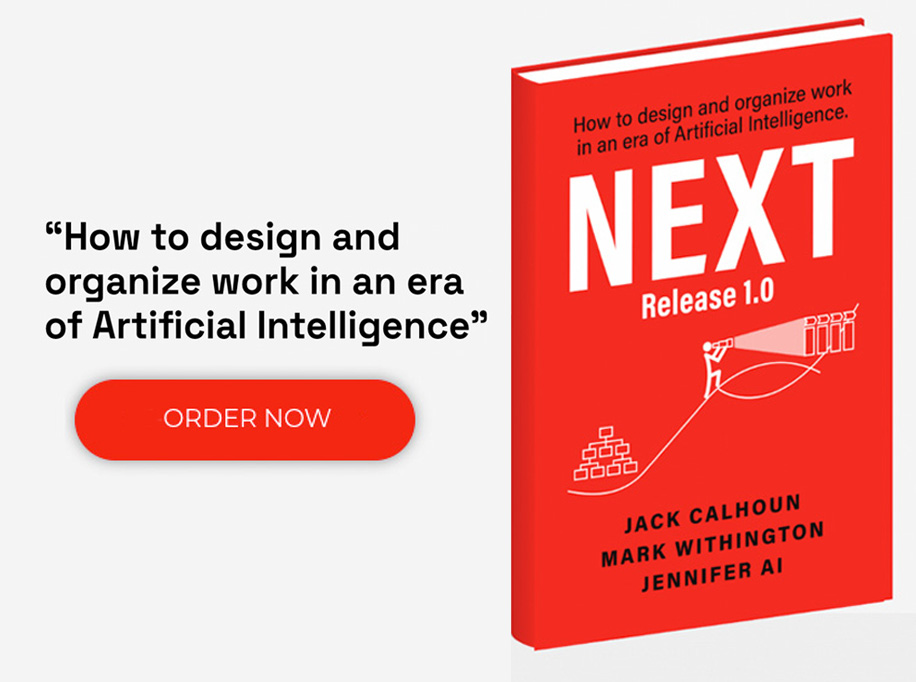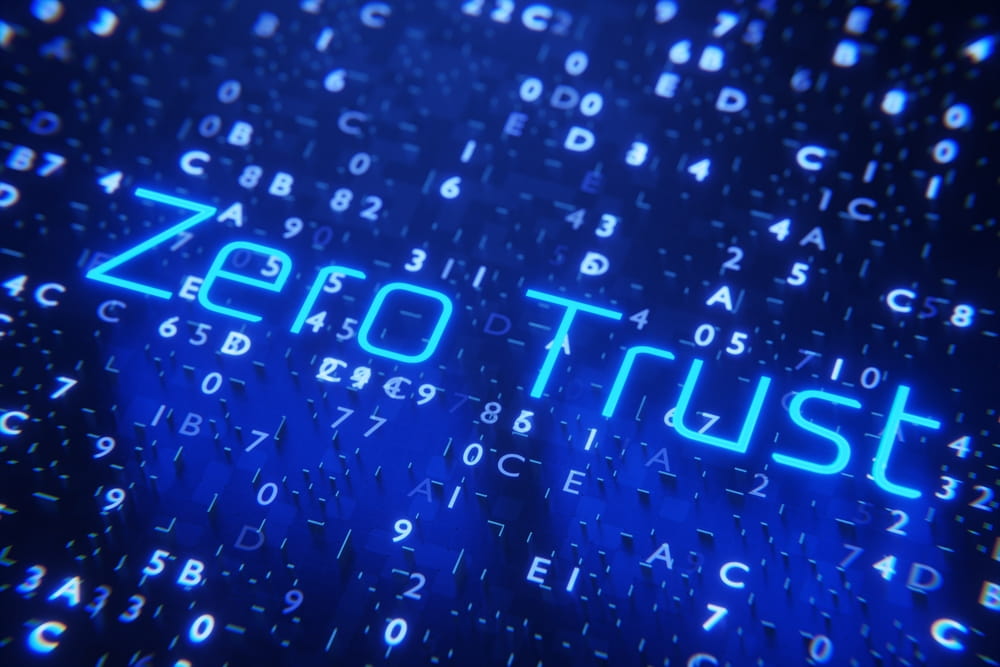Traditional security models were built for a world that no longer exists. In our current AI-driven, cloud-first environment, the perimeter is gone, and with it, the illusion of safety inside the firewall. Zero Trust changes the dynamic, embedding “never trust, always verify” into every corner of your digital ecosystem. The result is stronger security along with the freedom to innovate confidently.
What is a Traditional Security Model?
A traditional security model, often called the “castle-and-moat” approach, was built for a much simpler era. It assumes a trusted internal network protected by a strong perimeter. Once inside, users and devices move freely with broad access. Unfortunately, this model no longer delivers the resilience or compliance confidence that modern organizations require.
Here’s a rundown of how it works:
The network is divided into two main zones: the trusted internal network and the untrusted external network (usually the Internet). A perimeter is established around the internal network, often in the form of a firewall, which controls traffic entering and leaving the network. Once a user or device is authenticated and granted access to the internal network, they are generally trusted and can move freely within the network.
This model relies heavily on the strength of the perimeter defenses to keep threats out. If an attacker manages to breach the perimeter or a malicious insider is present, they can move laterally within the network with little resistance. Additionally, mobile devices, cloud computing, and remote work have blurred the lines of the traditional network perimeter, making it less effective.
What is a Zero Trust Security Model?
A Zero Trust security model is a platform-based security fabric that operates on the principle of “never trust, always verify.” Users and devices are granted the minimum level of access needed to perform their functions, which limits potential damage if a breach occurs. Access to resources is continuously verified through multiple checkpoints rather than one-time authentication at a perimeter.
The network is divided into smaller zones, and access between zones is tightly restricted to contain breaches and limit lateral movement. Users must provide multiple verification forms, such as multi-factor authentication (MFA), to access resources, reducing the risk of compromised credentials. All access and activity is closely monitored, logged, and analyzed for anomalies to identify and respond to threats quickly. Data is encrypted both in transit and at rest to protect confidentiality.
The goal of a Zero Trust security model is to reduce the attack surface, limit the impact of breaches, and proactively identify threats by continuously validating every access attempt. This contrasts with traditional “trust but verify” perimeter-based security, which trusts anything inside the network. Zero Trust assumes breaches will occur and focuses on limiting damage and enabling quick detection.
Core Differences Between Zero Trust vs. Traditional Security
Trust
- Zero Trust: No implicit trust. Every request is continuously verified.
- Traditional: Implicit Trust once inside the perimeter.
Access Control
- Zero Trust: Least-privilege access, reducing risk exposure.
- Traditional: Broad access across systems after initial authentication.
Authentication
- Zero Trust: Continuous, adaptive, and often multi-factor authentication.
- Traditional: Authentication occurs mainly at the perimeter.
Network Segmentation
- Zero Trust: Micro-segmentation isolates sensitive systems to contain breaches.
- Traditional: Minimal segmentation allows lateral movement.
Monitoring and Logging
- Zero Trust: Deep visibility with ongoing monitoring, logging, and analytics.
- Traditional: Focused on perimeter activity with limited internal insights.
Approach to Threats
- Zero Trust: Assumes breaches will occur, focusing on resilience and rapid detection.
- Traditional: Focuses on keeping threats out but struggles once inside.
Adaptability to Modern Environments
- Zero Trust: Designed for remote work, cloud, and AI-powered operations.
- Traditional: Built for static, on-premises environments.
Business Outcomes
- Zero Trust: Powers secure innovation, supports compliance mandates, and strengthens operational resilience.
- Traditional: Creates blind spots that increase risk and slow transformation.
The Advantages of a Zero Trust Security Model Over Traditional
Zero Trust is the foundation for resilient digital transformation. Zero Trust lowers risk by continuously validating access, micro-segmenting networks, and encrypting data at every stage while empowering organizations to embrace digital disruption without hesitation.
- Security and Resilience: Continuous verification limits exposure from compromised credentials, while micro-segmentation contains threats before they spread.
- Compliance Simplified: Zero Trust simplifies compliance by embedding security controls into every process, making aligning with evolving regulations and standards easier.
- Innovation without Fear: Organizations can confidently leverage AI, cloud services, and distributed workforces without sacrificing security.
- Visibility and Control: Extensive monitoring and analytics give businesses proactive insight into threats, enabling faster, more effective responses.
Navigating Zero Trust Security with Accelare
At Accelare, Zero Trust is part of a unified Cybersecurity, Privacy, and Risk Management (CPRM) framework delivered in partnership with Santan Intellect. Together, we help organizations weave Zero Trust into the fabric of digital transformation, creating resilience, compliance, and security that are growth accelerators.
Our Zero Trust approach empowers businesses to:
- Innovate securely with embedded resilience.
- Simplify compliance with a process-centric framework.
- Strengthen defenses against AI-era threats.
- Enable sustainable growth with a platform-based security fabric.
Contact Accelare to architect your secure future.
—
References:











